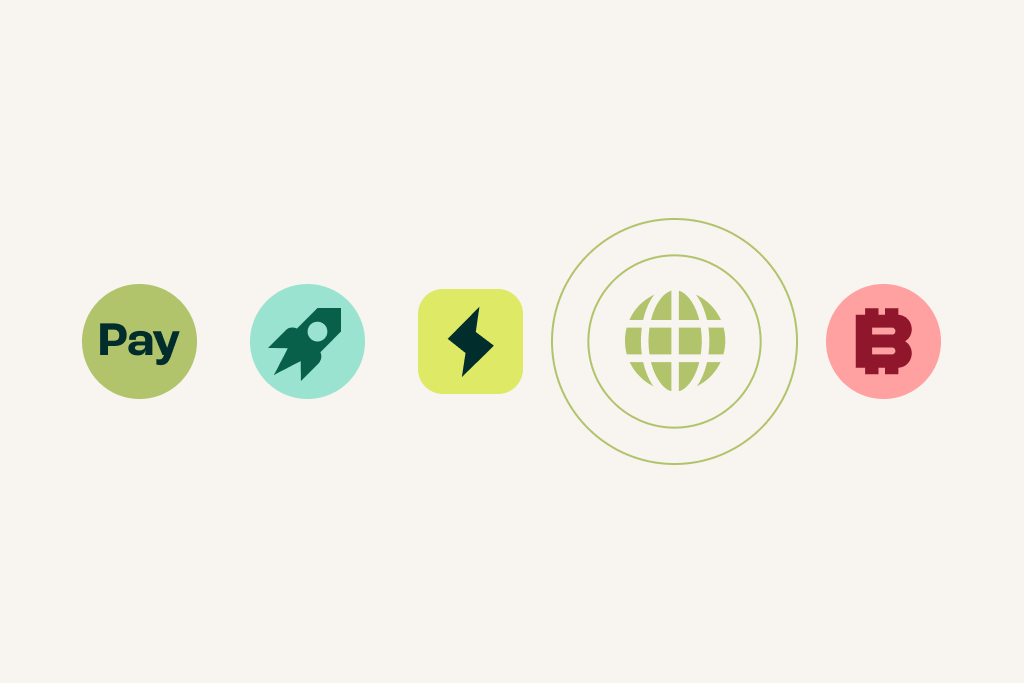We’re almost halfway into the first month of the new year and are all systems go to make the most out of 2023. We’re pretty excited about what’s in store for Payfast and the South African payments industry as a whole. So, for the third year in a row, we’d like to share some of our top payment trend predictions that we believe will make an impact on ecommerce and the digital payments industry over the next 11 months, and beyond.
We’ve identified five trends that share a common theme: convergence; specifically the integration of payment experiences, shopping platforms and currency. Even though cold hard cash remains the most popular payment method in South Africa, with the growing internet penetration made possible through network infrastructure and smartphones, it’s only a matter of time before more people embrace a cashless society, both online and off. Our five trends outlined below are related to the growing interoperability of payment technology, demonstrating how digital transactions are already influencing all areas of commerce.
An omnichannel shopping experience
Shoppers are becoming as comfortable shopping online as they are in person, if not more so for some since the COVID-19 lockdown, and are therefore expecting the same payment experience across the board. When shopping in person, shoppers can simply tap or swipe their card at the till, yet online they are still expected to enter their card details. Options like Apple Pay and Samsung Pay, which deliver similar payment experiences wherever they shop, are good examples of this growing trend of catering for a consistent omnichannel payment experience by dissolving the boundary between digital and physical shopping.
Financial inclusion
The effects of the Apartheid systems are still evident when it comes to financial inclusion, especially with underserviced populations residing in townships. However, growing awareness of the importance of financial inclusion has resulted in several innovative solutions being designed to empower the masses by giving them access to digital payments. Grocery delivery platform Yebo Fresh is one example; they’re digitising township retail by bringing spaza shops online for order and delivery. Initiatives like this will go a long way in growing and connecting a greater number of the population to the digital economy.
The rise of super apps in South Africa
Super apps, where you can literally do everything you need from one app, are already a thing overseas. Take WeChat in China, for example, where over 1 billion active users are using it every month to chat with their friends and family, share social media content, shop online, pay bills, and almost anything else you can imagine. In South Africa, we’re currently experiencing a scenario where there are too many apps that do one thing, or even the same thing, which doesn’t bode well for user experience. It’s only a matter of time before local super apps are introduced that offer numerous services on a single platform.
Web3 and decentralisation
Web3 is the next generation of web development that aims to decentralise payment infrastructure to give ownership back to the user. As it stands now, traditional payment rails are responsible for most online payments, which limits consumers and merchants to existing options. As Web3 is open source, it’ll liberate the internet’s payment infrastructure by making transactions accessible through the blockchain, providing visibility and transparency. This should result in a cheaper and freer shopper experience, especially for those looking to use alternative forms of currency such as cryptocurrency and NFTs, as well as where they can use them.
Cryptocurrency becoming mainstream
Believe it or not, it was only towards the end of 2022 that South Africa officially declared that crypto assets are classified as financial products. This means in 2023 crypto will become more regulated, which should result in less volatility in the market, and it is becoming more trustworthy as a payment option. After its official classification, Pick n Pay made news by enabling Bitcoin payments at 39 stores throughout the country, bringing a digital currency into physical purchases and furthering catering for the omnichannel shopping experience. Not to mention paving the way for more seamless transactions going forward.
Last year we concluded our 2022 trends piece by questioning the probable rise of cryptocurrency, so it’s exciting to see how cryptocurrencies are indeed becoming more mainstream, as touched on above. We believe this year’s five trends will contribute to more South Africans being able to access non-traditional payments and participate in the digital economy. As a merchant, it’s important to stay on top of the latest trends to provide the best and most seamless customer experience, both digitally and in-store to cater for these shoppers.
To stay connected follow us on Instagram, Twitter, LinkedIn or Facebook.



